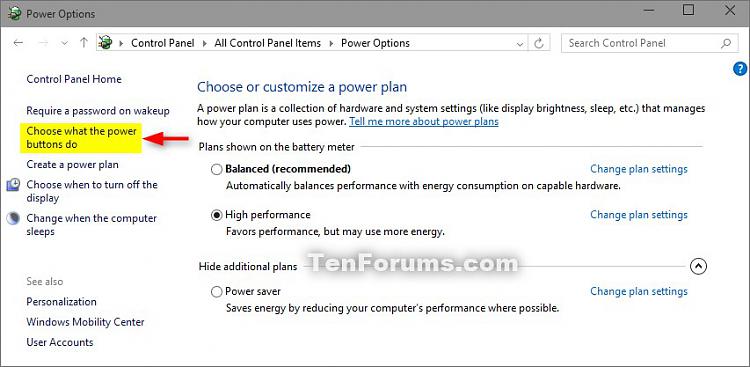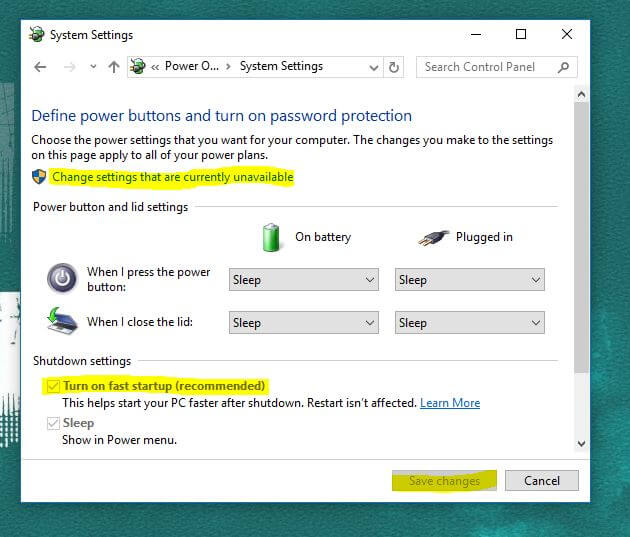

How To Enable Or Disable Windows 10 Fast Startup Therefore, I would recommend disabling it to avoid any problems you may encounter in the future. Therefore, if you want to use Dual Boot, then definitely you shouldn’t enable Fast Startup or Hibernation.īesides, sometimes the Fast Startup feature doesn’t work properly and causes some BSODs, such as Bad Pool Header. You may also cause some corruption when trying to boot into another operating system and access this drive to get files. This is a clear disadvantage for users who need to use Dual Boot on the same computer. Therefore, you won’t be able to access it to get files & documents. Unable to access files on your primary partition: When enabling the Fast Startup feature and then turning off your computer, the main hard drive (C:\) will be locked.To access BIOS/UEFI settings, you can also perform a reboot instead of shutdown when Fast Startup is enabled. Besides, you may not be able to access BIOS/UEFI settings because your computer doesn’t perform a full shutdown mode.
Turn off quickboot install#
If you are in this situation, you can reboot your computer and install updates regularly as the Restart function is unaffected. Therefore, your computer won’t be able to install & apply Windows updates.

It just gets in a kind of hibernate mode.

Here are two main reasons you should know before turning on the Fast Startup feature: However, there are a few downsides and issues that you might want to know. You might consider this is a great option in Windows 10, and it should be enabled all the time. Two Main Reasons Why You Should Disable Windows 10 Fast Startup If you want to get back the exact state when you left your work, Hibernate is a great option but takes longer to boot up. Meanwhile, Hibernate saves everything, including the current state, logged in users, or open files, folders & applications. Fast Startup saves the freshly-started state of Windows. This process is faster because it doesn’t need to load all the essential things again, such as the Windows kernel, or drivers.įast Startup is somewhat similar to the Hibernate function and can be considered as a lightweight version of it. When you press the Power button on your computer again, Windows will load the saved state from the hibernation file and show you the login screen. Therefore, Windows will save this state to the hibernation file, and then power off the computer. However, all necessary Windows features and drivers are loaded and ready to use. Now, the state of Windows is similar to the state when you boot it up but haven’t logged into any user yet.


 0 kommentar(er)
0 kommentar(er)
